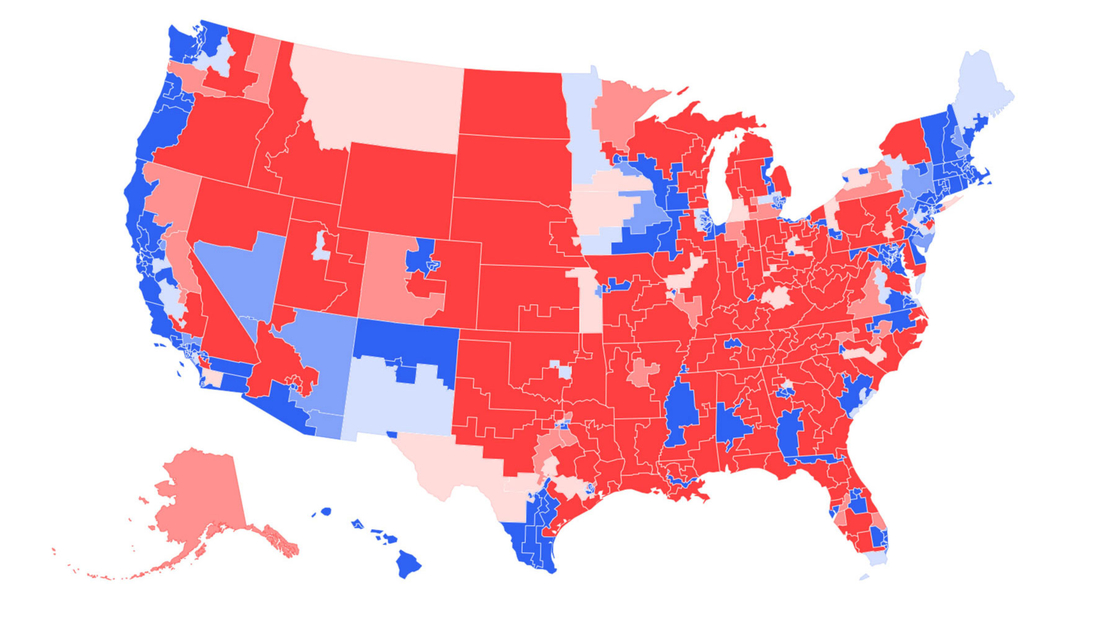[ad_1]

But what really makes the King retirement noteworthy is the makeup of his Long Island district. It is both heavily suburban and a place where Trump won by 9 points in 2016. (Barack Obama won the district narrowly in 2008 and 2012.)
Suburban seats like King’s have been hugely problematic for Republicans in the Trump era. It’s not an overstatement to say that the GOP House majority was lost in the 2018 midterms in suburban districts in California, Florida and Pennsylvania. And the recent 2019 election results — particularly in Virginia and Philadelphia — suggest that Republican erosion in the suburbs continues apace.
In order to win back the House (a long shot) or to reelect Trump (less of a long shot), Republicans must find ways to if not regain their longtime dominance in the suburbs, at least fight Democrats back to even (or a point or two beyond even) there.
King’s district provides, then, a useful glimpse into just how bad (or good) things are for Republicans in the suburbs. If his seat is one Democrats are still targeting 10 months from now, it suggests that the party is not close to where it wants to be with suburban voters.
The Point: Republicans can’t afford to lose the suburbs to Democrats — especially given the growth in urban areas and the shrinkage of rural populations. If they lose the suburbs, it’s hard to see how Republicans build a majority coalition anywhere in federal office.
[ad_2]
Source link

